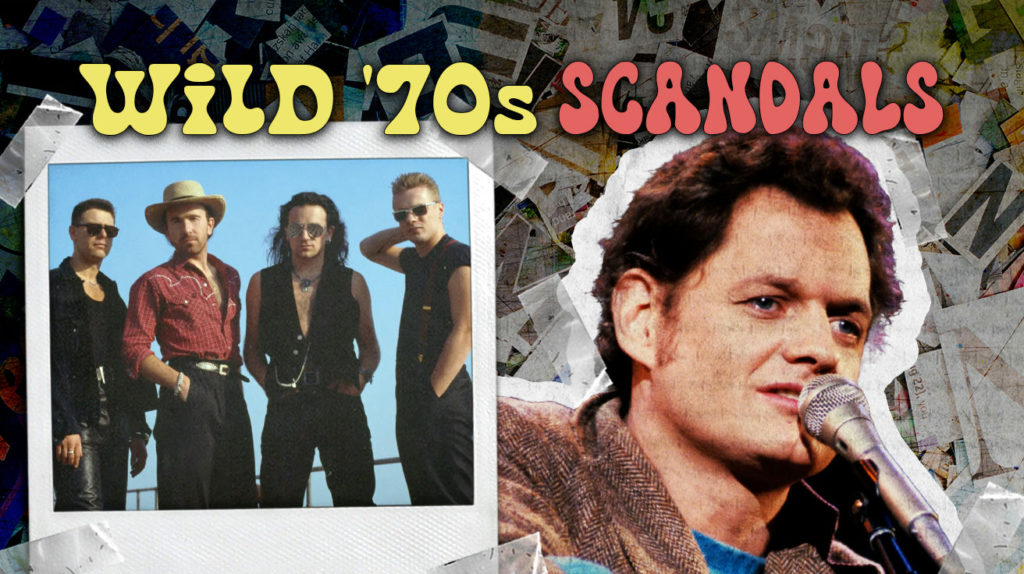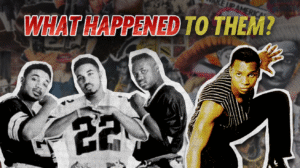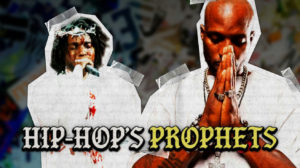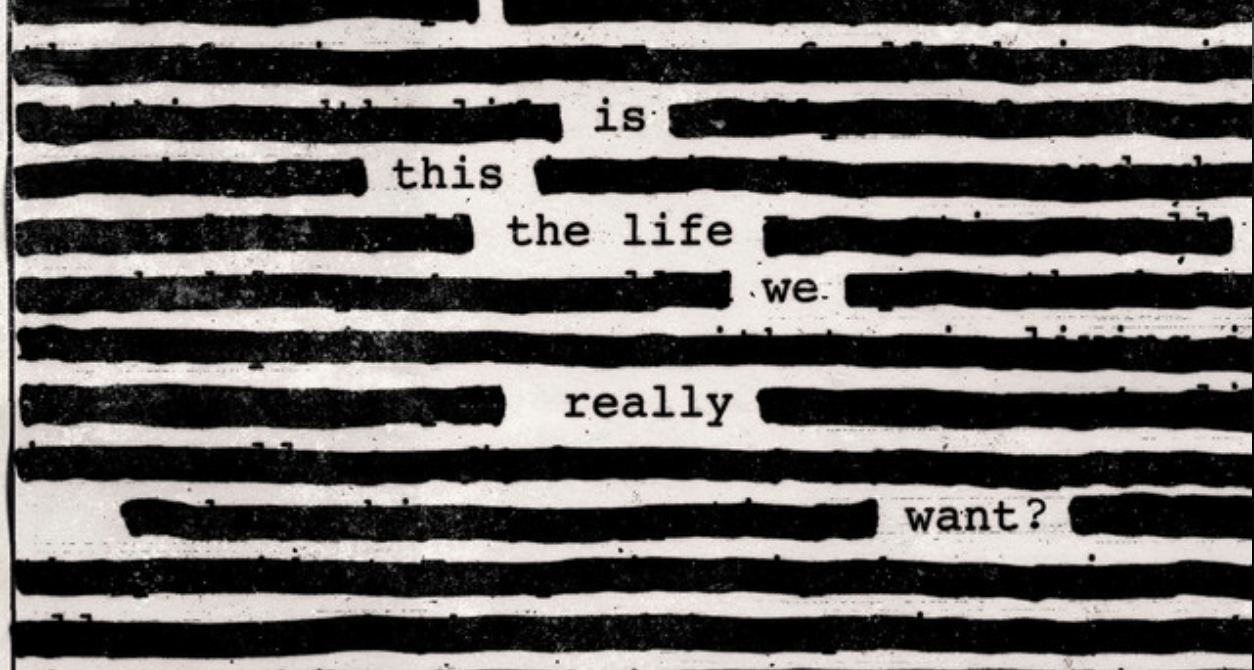
The power of music extends far beyond catchy melodies and infectious hooks. Some of the most memorable songs in history draw their inspiration from real-world events, adding layers of meaning that transform simple tracks into cultural touchstones.
These songs don’t just entertain—they document history, spark social movements, and preserve moments that might otherwise fade from collective memory. This emotional transmission keeps important stories alive, ensuring they continue to move and inspire long after memories would otherwise fade.
10. American Pie – Don McLean

Don McLean’s epic folk narrative “American Pie” refers to February 3, 1959—when a plane crash claimed the lives of Buddy Holly, Richie Valens, and J.P. Richardson (The Big Bopper). McLean referenced this moment as “the day the music died,” using it as an anchoring point for his sprawling commentary on American culture.
The song’s eight-and-a-half minute runtime defied radio conventions yet still topped Billboard’s Hot 100 for four weeks. Its cryptic lyrics have sparked decades of interpretation, blending personal grief with broader observations about America’s evolving identity. Like many other happy sounding songs that are actually depressing, “American Pie” disguises its somber themes behind catchy melodies.
9. The Night the Lights Went Out in Georgia – Vicki Lawrence

“The Night the Lights Went Out in Georgia” is a chart-topping hit from late 1972 that packs a murder mystery into three-and-a-half minutes. Songwriter Bobby Russell crafted a Southern Gothic tale with a shocking twist—the narrator’s sister committed the murders that sent an innocent man to execution.
The song’s upbeat tempo creates a jarring contrast with its dark narrative. Reaching #1 in May 1973, the song’s enduring popularity shows how effective musical storytelling can embed itself in cultural consciousness while sparking debates about small-town justice.
8. I Shot the Sheriff – Bob Marley

Bob Marley released “I Shot the Sheriff” in 1973 before Eric Clapton’s cover gained worldwide popularity in 1974. Behind the catchy melody lies a potent metaphor for Marley’s struggles with Jamaican authorities and the oppressive “system” monitoring his activities.
The song’s message about resistance slipped past censors and into global consciousness. Its ambiguous lyrics allow listeners to interpret the narrative through their own experiences, helping explain why both versions continue to resonate decades later as statements against injustice. Throughout music history, many songs banned from radio have similarly challenged authority while finding their audience despite attempts at suppression.
7. The Wreck of the Edmund Fitzgerald – Gordon Lightfoot

Many casual music fans don’t realize “The Wreck of the Edmund Fitzgerald” chronicles an actual maritime disaster. Released in August 1976, Lightfoot’s masterpiece recounts the sinking of the SS Edmund Fitzgerald during a fierce Lake Superior storm on November 10, 1975.
The song’s meticulous details weren’t random creative choices but facts drawn from news reports. As new information about the tragedy emerged, Lightfoot even updated his lyrics in live performances, showing remarkable commitment to honoring the 29 crewmen who lost their lives.
6. Heart of Gold – Neil Young

Neil Young’s search for meaning permeates “Heart of Gold,” a gentle 1972 folk-rock ballad that became his only #1 hit. The song’s harmonica and acoustic guitar create a timeless quality that perfectly matches Young’s introspective lyrics about seeking authenticity in chaos.
Young’s signature vocal style conveys vulnerability and determination in equal measure. The song topped Billboard’s Hot 100 while establishing him as a mainstream artist who refused to compromise his artistic vision, paving the way for generations of singer-songwriters.
5. Sunday Bloody Sunday – U2

U2’s powerful track “Sunday Bloody Sunday” confronts the January 30, 1972 massacre in Northern Ireland when British troops killed 14 unarmed protesters. Released in March 1983, the song transformed a specific historical tragedy into a universal plea for peace and understanding.
Bono’s passionate vocals and The Edge’s military-inspired drumbeat create visceral impact. The band performed it at countless concerts worldwide, though always with careful acknowledgment of its sensitive subject matter, demonstrating how music can memorialize tragedy while advocating against its repetition.
4. Smoke on the Water – Deep Purple

Deep Purple’s iconic “Smoke on the Water” guitar riff might never have existed without a casino fire. The band was recording in Montreux, Switzerland, in December 1971 when someone fired a flare gun during a Frank Zappa concert, setting the venue ablaze.
Band members watched as thick smoke drifted across Lake Geneva, inspiring both the title and lyrics. The resulting track reached #4 on Billboard’s Hot 100 and features one of the most recognizable guitar intros in rock history, proving that sometimes disaster sparks genius.
3. Hurricane – Bob Dylan

Music rarely creates tangible real-world change, but “Hurricane” proves the exception. Dylan’s 1975 protest anthem detailed the wrongful murder conviction of boxer Rubin “Hurricane” Carter, weaving journalism and activism into powerful storytelling.
The song generated publicity and fundraising efforts for Carter’s legal defense. The public attention and legal scrutiny eventually contributed to Carter’s conviction being overturned in 1985 after nearly two decades of imprisonment, demonstrating music’s potential as a catalyst for justice.
2. Ohio – Crosby, Stills, Nash & Young

When National Guard troops opened fire on unarmed Vietnam War protesters at Kent State University on May 4, 1970, the nation recoiled in horror. Neil Young’s response came with unprecedented speed, writing “Ohio” after seeing photos of the tragedy in Life magazine.
The powerful protest song became an anthem for a generation questioning authority. Despite being banned on many radio stations for its controversial content, the song reached #14 on Billboard and remains a striking example of music’s ability to respond to national trauma with the urgency of breaking news.
1. Cats in the Cradle – Harry Chapin

Harry Chapin’s only #1 hit “Cats in the Cradle” originated with his wife, Sandy, who wrote a poem about a father too busy for his son. Released in August 1974, the song chronicles this relationship across decades, culminating in the painful role reversal when the grown son has no time for his aging father.
The cautionary message about missed opportunities resonates across generations. Chapin’s tragic death in a 1981 car crash at age 38 adds an unintended poignancy to lyrics about time’s precious nature, cementing the song’s status as a cultural touchstone about life priorities.





















